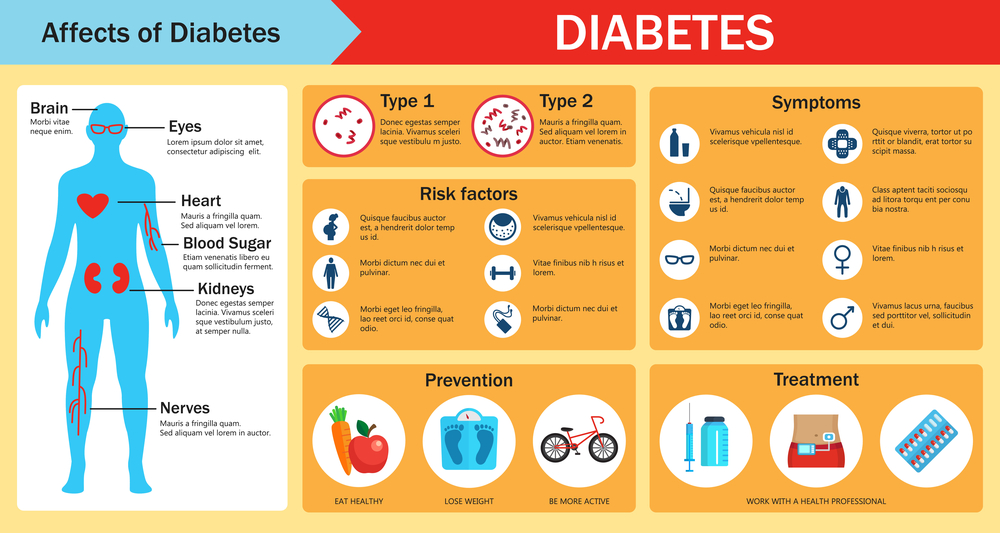High blood sugar is also known as hyperglycemia which is a technical(Medical) term for high blood glucose (blood sugar). When there is little insulin in the body or body can’t use insulin properly, hyperglycemia occurs. Increased thirst, Blurry vision etc are the symptoms of high blood sugar.
Symptoms of high blood sugar :
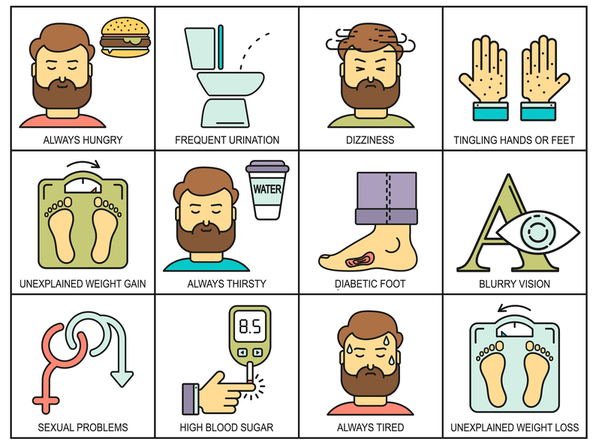
- Feeling tired or Exhausted.
- Blood sugar higher than 140 before meals.
- Blurred vision.
- Irritable, annoyed and grouchy feelings.
- Cuts and wounds don’t heal properly or quickly.
- Sexual dysfunction in Men.
- Increased thirst (polydipsia).
- Hunger (polyphagia).
- Frequent or repeated urination (polyuria).
- Dry or moistureless mouth.
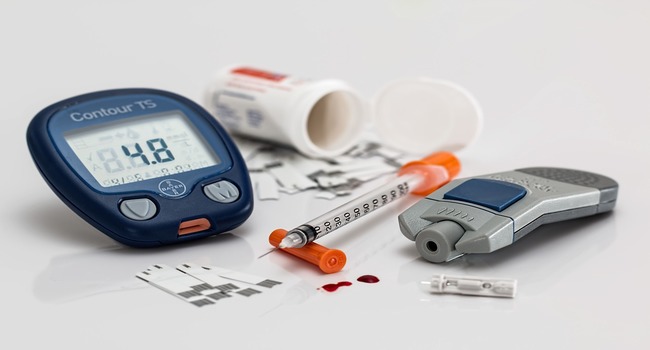
What is diabetes?
Diabetes is a very common disease that is rapidly increasing among people that occurs when your blood glucose or blood sugar, is too high. It is a chronic disease that may also lead to heart disease, kidney failure, blindness, amputations etc.
We eat carbohydrates foods (such as potatoes, bread, cereal, pasta, rice, fruit, dairy products, peas, corn, winter squash etc) in order to get energy.
Glucose is required in your body for energy. Your body breaks down the carbohydrates into glucose and that glucose is released in your bloodstream.
There is a hormone called insulin which is made by the Pancreas, which helps get into your cells to be used for energy. The moment glucose enters the bloodstream, it is sensed by Pancreas and releases the right amount of insulin in healthy people.
If the pancreas is not able to produce enough insulin or no insulin, or if the body is not able to use insulin properly. Glucose then stays in your blood and does not reach your cell to be used for energy. Over time, having too much glucose in your blood can cause a disease called diabetes.
Also, read about
Types of diabetes :
Diabetes type 1
Diabetes type 2
Gestational diabetes
Diabetes type 1 is considered to be an autoimmune condition where the body’s immune system attacks and destroys the beta cell of Pancreas, which produces insulin. A person with diabetes type 1 can’t produce insulin because the damage is permanent. So insulin replacement required for a lifetime. Or you can say it is treated with insulin.10% of diabetic person has Diabetes types 1. It is mainly developed in Children and young adults but can occur in adulthood too.
Diabetes type 2
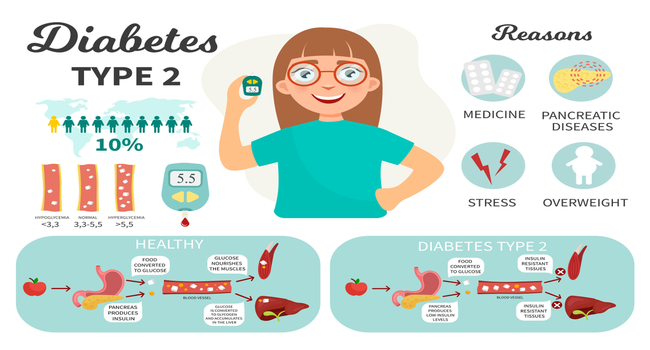 Diabetes type 2 is the most common type of diabetes, 90% of diabetic person has Diabetes types 2.This is a condition where Pancreas release the insulin, but that produced insulin is not used properly. So glucose present in the blood is not used by the cell for energy. Over time, the glucose quantity increases in the blood. Thus Pancreas has to release more and more insulin and has to work extra . By this way pancreas gets tired, and stops releasing an adequate amount of insulin. Which leads to high blood sugar.
Diabetes type 2 is the most common type of diabetes, 90% of diabetic person has Diabetes types 2.This is a condition where Pancreas release the insulin, but that produced insulin is not used properly. So glucose present in the blood is not used by the cell for energy. Over time, the glucose quantity increases in the blood. Thus Pancreas has to release more and more insulin and has to work extra . By this way pancreas gets tired, and stops releasing an adequate amount of insulin. Which leads to high blood sugar.
Gestational diabetes is a kind of temporary (in most cases) diabetes, it develops between 24th and 28th week of pregnancy in some women. Gestational diabetes goes away with baby birth. But if it is not managed properly, the risk of developing type 2 diabetes is very high in the future.
Cope with your diabetes:
Try to avoid stress, it can raise your blood sugar. Learn ways to lower your stress. Make a habit of deep breathing (10-15 minutes), walking (30-45 minutes), meditating, yoga,

Choose foods that are lower in calories(broccoli, beets, cabbage etc) saturated fat (lean meat, grain etc ) trans fat (pork etc), sugar (ricotta cheese, turkey egg etc), and salt.
Eat foods with more fiber, such as whole grain cereals, bread, crackers, rice, or pasta, oats, barley, rye.
Eat green leafy vegetables and fruits.
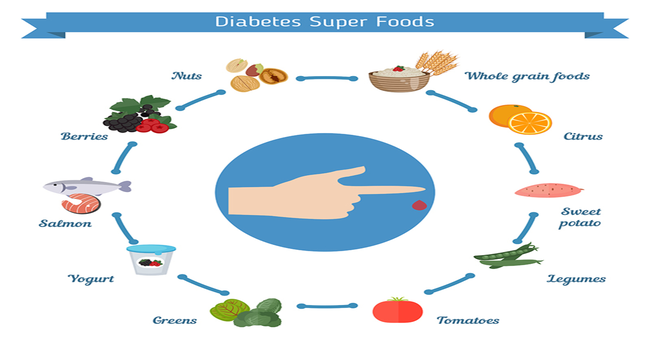
Drink plenty of water instead of juice and regular soda.

People Suffering from Diabetes in India :
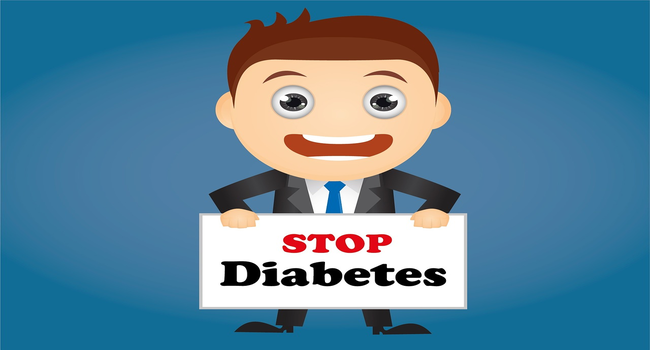
India has more diabetic than any other country in the world except China, according to IDF (International Diabetes Foundation), Approx 65 million (6.5 crores) Indian are suffering from Diabetes and Approx 5 Lakhs people dies from diabetes every year. The IDF has projected recently that the number of Indians with diabetes will reach 123 million by 2040.
